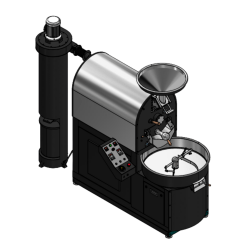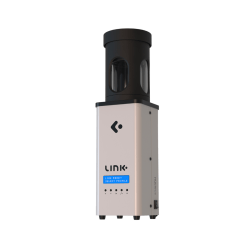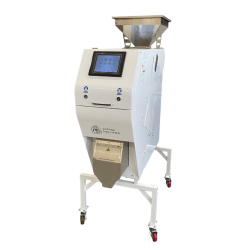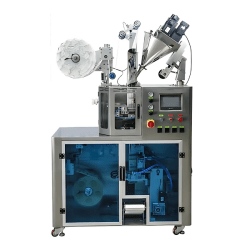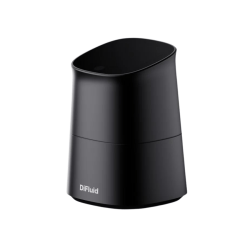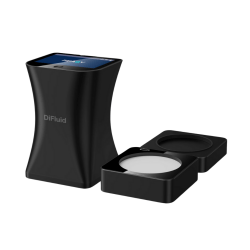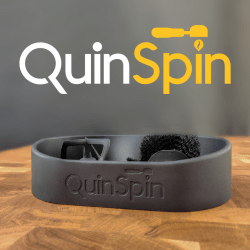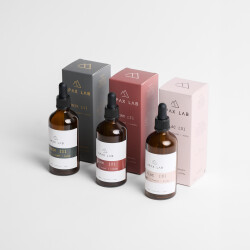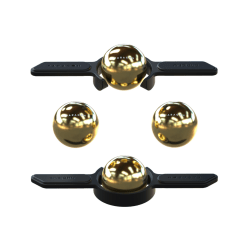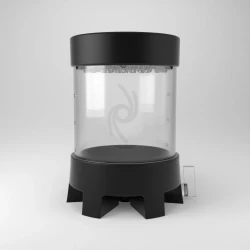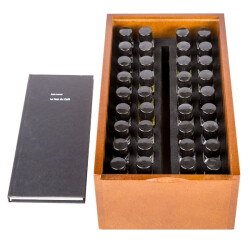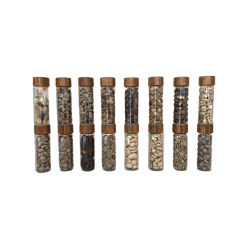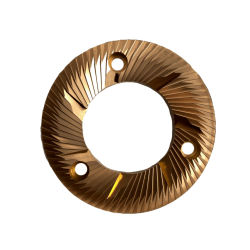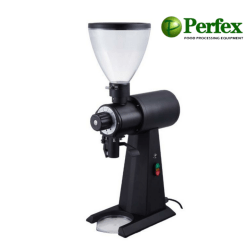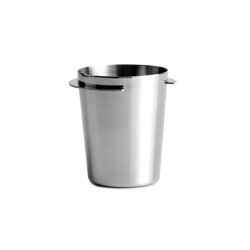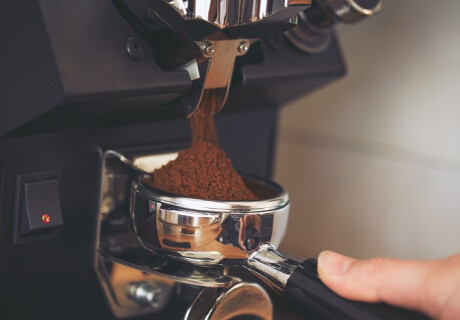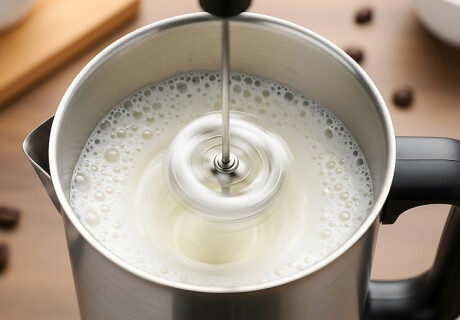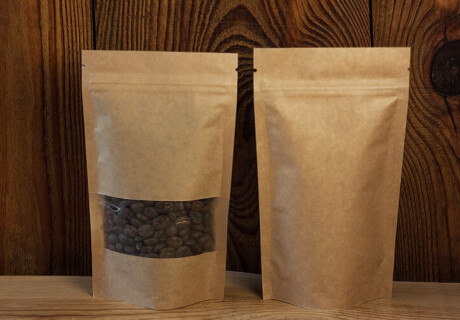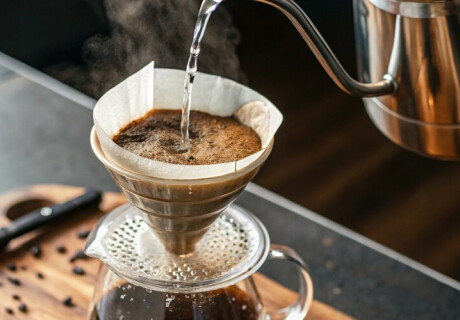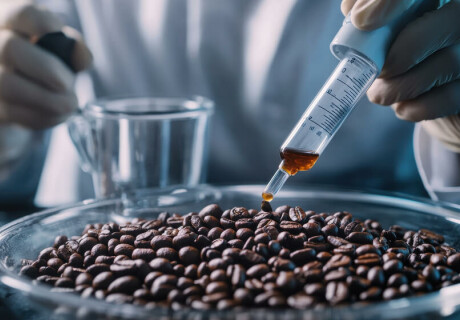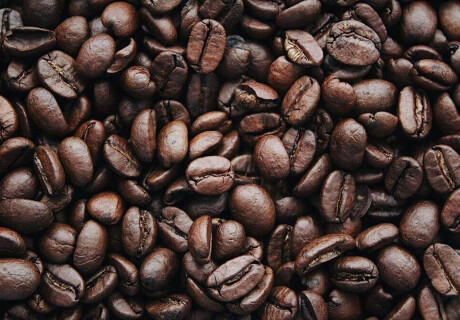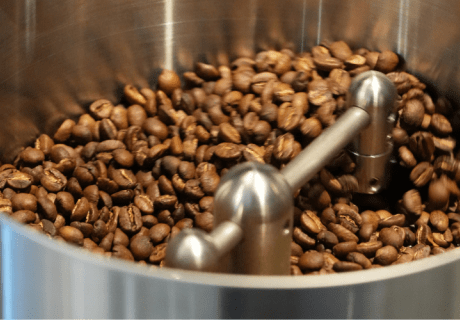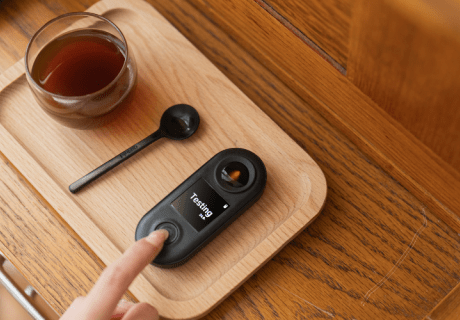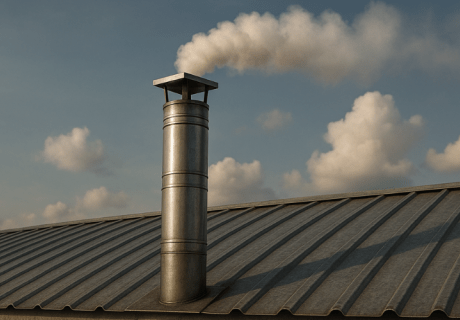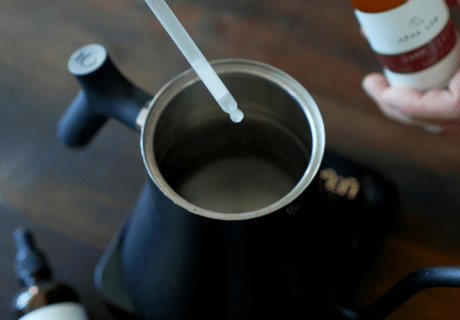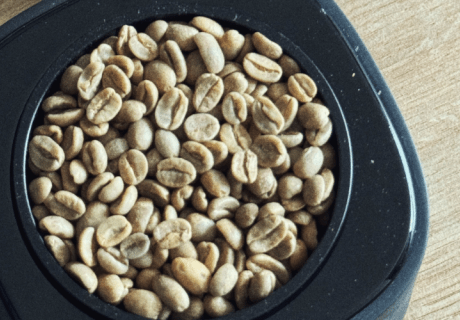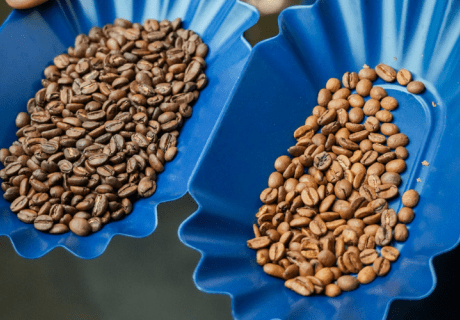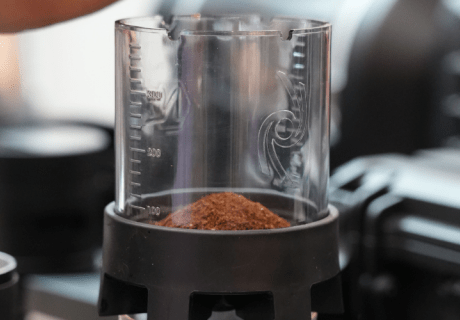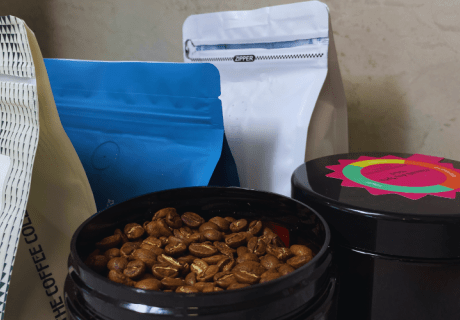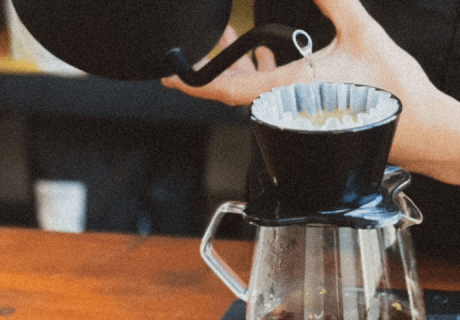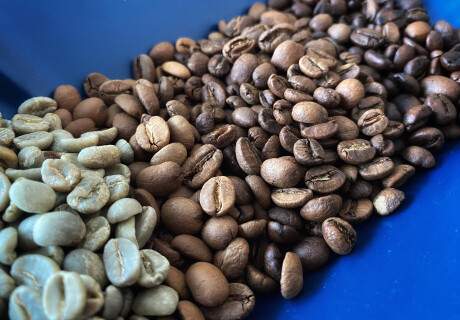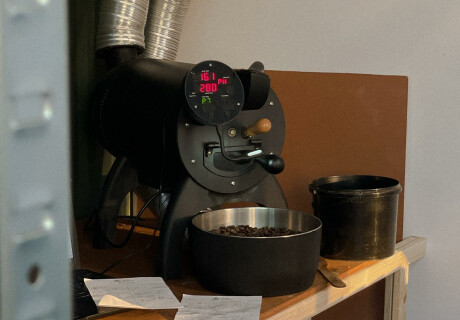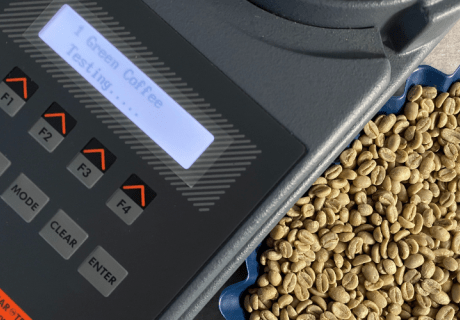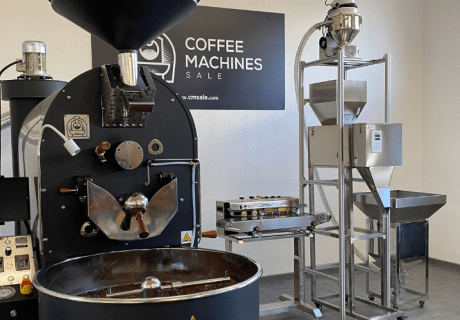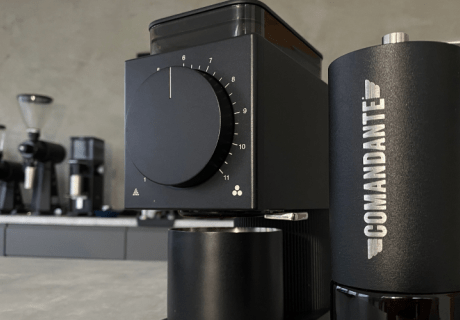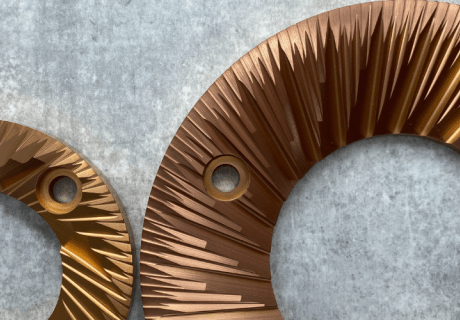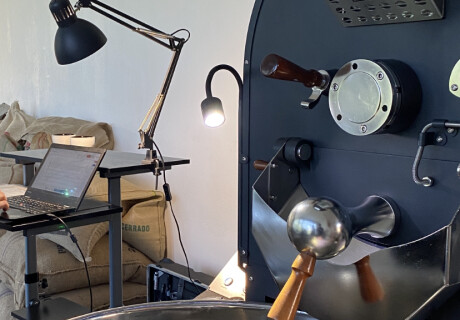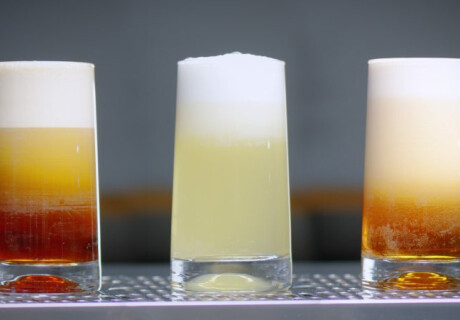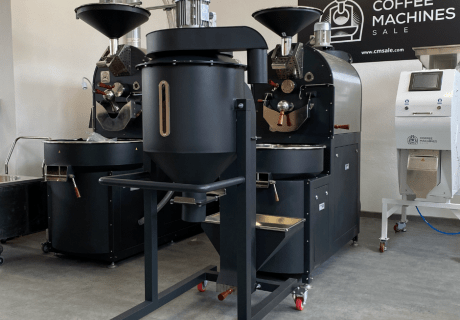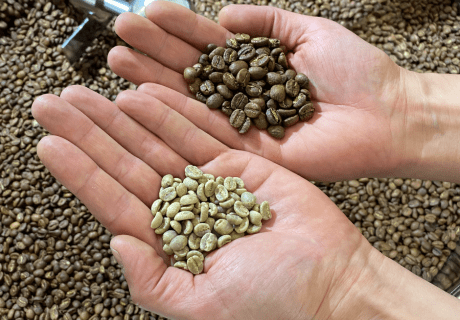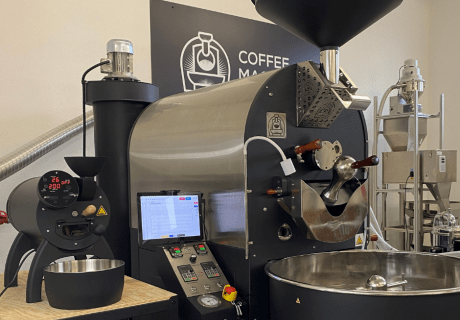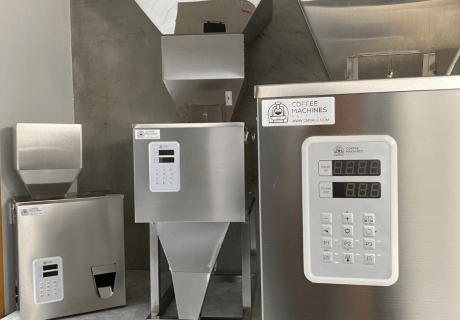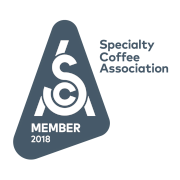How Often Should You Clean Your Coffee Grinder? A Complete Maintenance Guide
Residual Oils, Particle Retention, and Flavor Contamination
Grinders are not sterile environments. With each batch, trace amounts of cellulosic chaff, microscopic fines, and volatile coffee oils are left behind in the burr chamber, dosing chute, and static-prone corners of the grinding path. These compounds do not remain inert. In the presence of oxygen and ambient humidity, oils begin to oxidize, leading to the formation of rancid compounds.
This oxidative degradation affects:
- Volatile aromatics, particularly in lighter roasts
- Mouthfeel, due to emulsified lipids contaminating new batches
- Extraction balance, as residual particles alter flow dynamics
From a cupping standpoint, grinders that have not been cleaned introduce noise into sensory evaluation. This is particularly evident when switching between origins, processing methods, or roast levels. Understanding why grinder cleaning is important becomes crucial when flavor distinction is part of the quality control protocol.
It is also worth noting that buildup affects burr calibration. Any uneven resistance on the burrs (especially with flat burr sets) compromises alignment, which in turn affects grind uniformity. This mechanical misalignment can become cumulative if cleaning intervals are not observed.
Cleaning Intervals by Grinder Type and Operating Volume
The frequency of cleaning depends on three variables: the volume of coffee processed, the roast level, and the grinder’s architecture. Operators should not generalize schedules based on anecdotal guidelines; instead, cleaning intervals should be tailored to the specific operational context.
Flat Burr Grinders (Commercial Use)
- Daily light cleaning (brush and external wipe) is non-negotiable.
- Weekly full internal cleaning, including removal of upper burr and application of food-safe degreasing agents, is standard in high-volume settings.
- Biweekly calibration check, especially when switching bean types or roast profiles.
Flat burrs retain less volume than conical sets but are more sensitive to alignment errors. Retention behind the burr carrier or near the chute often requires the use of compressed air or vacuum extraction.
Conical Burr Grinders (Café or Retail Use)
- Daily brushing should be followed by a purge cycle using cleaning pellets.
- Weekly deep cleaning, including hopper disassembly and burr exposure.
- Monthly full calibration, especially if paired with volumetric espresso machines.
Conical grinders have higher retention but are more forgiving in terms of extraction due to bimodal grind distribution. Still, oil contamination can lead to clogging in the apex region between the burrs, especially with dark roasts.
Domestic Grinders (Prosumer Models)
- For usage below 250 g/week: clean every three weeks
- For 250–500 g/week: every 10 to 14 days
- Above 500 g/week: weekly cleaning is required
For home grinders, how often to clean a coffee grinder depends more on the roast type than the number of uses. Even small volumes of dark-roasted beans can rapidly introduce sticky residues due to higher surface oil content.
Operational Indicators: Indications Your Grinder Needs Cleaning
Even without a maintenance log, grinders show measurable signs of contamination. Professionals should be trained to detect and interpret these conditions as part of routine equipment checks.
Technical signs your grinder needs cleaning include:
- Increased grind retention, particularly in the chute or around burr carriers.
- Irregular dosing weights when using timed or volumetric dosing.
- Delayed motor response or heat buildup due to obstructed burrs.
- Clumping or static accumulation which affects puck distribution.
- Inconsistent extraction metrics, such as fluctuating TDS or EY results during routine QC.
For operations using brew recipe software or automated workflow tools, unexpected variance in extraction can often be traced back to grinder contamination. Cleaning resets mechanical baselines and restores consistency.
Professional Grinder Cleaning Protocols
Surface-level cleaning provides visual cleanliness but does little to eliminate oil-based residue. For optimal results, cleaning should follow a multi-stage protocol tailored to the grinder’s design and daily output.
Here are established best practices for grinder cleaning:
- Disengage power and isolate the unit before internal access.
- Disassemble removable parts: hopper, upper burr, and dosing components.
- Use antistatic brushes to remove compacted fines.
- Apply grinder-specific cleaning pellets by running them through the burrs without beans, followed by a purge cycle.
- Vacuum out residual dust, especially behind burr carriers and adjustment rings.
- Inspect and clean dosing chambers, if applicable.
- Reassemble and recalibrate, particularly for espresso grinders with stepless adjustments.
Avoid using moisture-based cleaning agents unless clearly specified by the manufacturer. Water exposure, especially on steel burrs, can lead to corrosion and surface pitting. Always use cleaning solutions designed specifically for internal grinder parts when cleaning coffee equipment.
Cleaning as a Variable in Grind Consistency and Extraction
Grind uniformity directly correlates with flavor clarity and extraction yield. Residual buildup introduces non-uniform resistance in the burr path, leading to uneven grind particle sizes. This inconsistency affects:
- Espresso extraction, resulting in channeling or uneven puck saturation.
- Filter brews, where fines migration increases brew time and extraction.
- Cupping procedures, where variances disrupt comparative evaluation.
Professional grinders are engineered to deliver micron-level precision. Without routine cleaning, this precision is compromised. Regular coffee grinder cleaning resets the machine’s ability to operate at its intended tolerances.
In settings where grind-by-weight dosing systems are used, retention due to contamination can also skew weight calibration, causing dosing drift over time. Maintaining internal cleanliness ensures that the mechanical accuracy of such systems is preserved.
Selecting the Right Tools and Products for Long-Term Maintenance
Premium grinders require equally premium maintenance tools. Selection should be based on compatibility with burr material, grinder design, and regulatory standards for food-contact surfaces.
Recommended tools include:
- Natural fiber burr brushes with firm but non-abrasive bristles.
- Food-grade cleaning pellets engineered for oil absorption without residue.
- Micro-vacuums or antistatic suction devices, for internal dust extraction.
- Soft cloths and ethanol-based wipes for surface sanitation.
Professional coffee equipment cleaning products are engineered for repeat use and performance consistency. Avoid generic products that may introduce particulates or chemical residues incompatible with food-grade machinery.
At CMSale, we supply equipment and cleaning solutions used by specialty roasters and high-volume cafés across Europe and beyond. Our experience in automation and grinder mechanics allows us to recommend tools that extend the lifespan of critical components while supporting repeatable, high-quality output.
Final Thoughts
In high-quality coffee production, equipment hygiene is not a peripheral issue. It is part of the production chain that directly affects cup quality, sensory performance, and technical reliability. Understanding how often to clean a coffee grinder, recognizing the cues that indicate your grinder needs cleaning, and applying best procedures for grinder cleaning will significantly improve product consistency, whether you run a retail café, a cupping lab, or a micro-roastery.
Clean burrs deliver uniform particles. Uniform particles lead to predictable extraction. Predictable extraction is the foundation of quality control.

